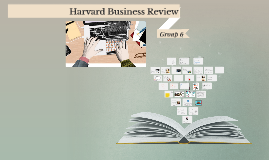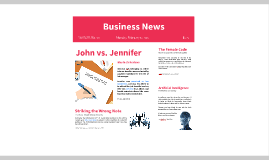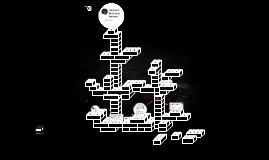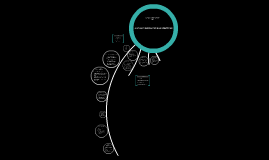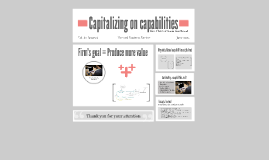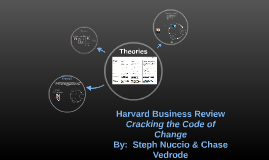Harvard Business Review
Transcript: https://www.longreads.com/search/?q=blogs.hbr.org Key Points Print and digital (Harvard Business Review, Press Book, blogs ) Further Discussion Key Points Selling point 1980 through 2009 Key Points Key features Social Further Discussion Key Points Harvard Business Review Rewarding effective collaboration As one of the designers, I was involved in generating initial visual directions, contributing visual and editorial ideas, designing page layout options, creating the infographic library and producing one of the most comprehensive user guides I’ve ever produced. My involvement continued for the first few months of circulation where I was also able to provide feedback and support as the in-house design team adopted the new philosophy and visual approach. 2.Licenses its content for publication in 11 languages. From the Editor Events (Webinars, custom events) Redistributing the Work <Five tips for improving customer profitability> Cited by SAS Further Discussion knowledges and skills one’s awareness, access, and position in a network Renference Informational Social Personal resources Two main reasons cause ineffective collaboration Where is HBR from? Harvard Business School formed Harvard Business Publishing (HBP) as an independent entity Key Points Different languages but same content Key Points - Encourage behavioral change - Leverage technology and physical space - Consider structural changes Network analysis Renference Value-added performance metrics Idea Watch Renference To provide business professionals across the world with insights or newer way of thinking in order for them to make a positive changes to their organization or team b. Rewarding Effective Collaboration Redistributing the work Features - More creativity – criticism - Agility – at the first place Diversity of resources Designed to help you to lead. one’s own time and energy 1.Covers a wide range of topics. Table of Content of Harvard Business Review Redistributing the Work - Network analysis - Peer recognition programs - Value-added performance metrics Experience Spotlight 3 collaborative resources: informational, social, and personal www.youtube.com/watch?v=wElr9sJiISU a. Redistributing the Work 4. Publishes professional comments for renowned scholars and management thinkers. Transition Early days Rewarding Effective Collaboration Informational Online learning (Harvard Manage mentor, simulations) Precious Personal Resources Chinese readers are able to read the same content of information just like English readers do. The dedicated translation & edit team guarantee the Chinese version conveys the ideas just as good as any other languages. With different languages comes different business requirement, to meet the needs, they also do the research themselves. Examples of successful enterprise: Google, Samsung, and Amazon Google: online advertising, technology, computing and software Amazon: Largest internet-based retailer The more you involved, the more collaboration you need. - Accessibility and transparency - Desk and office placement - Brief and impromptu face-to-face collaborations Between 2006 and 2008 Higher Education Corporate Learning Harvard Business Review Group Published by Harvard Business Publishing It is published 10 times a year. Its headquarter is in Watertown, Massachusetts. emphasized the cutting-edge management techniques Goal Key Points <What is Strategy?> by Michael Porter 1996 1959 McKinsey Foundation for Management Research and Harvard Business Review. Determined by a group of independent judges. Peter F. Drucker was honored 7 times. Main content one’s own time and energy Theodore Levitt became the editor. 3.Produces a variety of media. Layout 2009 Redesign Human resources Harvard ManageMentor® is designed for leaders, managers, and individuals to address the full spectrum of today’s business challenges. Simulations use real-world contexts to reinforce student learning. They are remarkably teachable, with simple but powerful administration tools. - Higher Impact? Social Resources - Utility players - Musical chair & Simon says - Rotate the role among team members Advantage: Adi Ignatius - More experience 1980 1994 Key Points Informational Resources - Permission to say NO - Stronger boundaries around the incoming information flow - Resetting norms regarding when and how to initiate requests Personal Comparison Successful Enterprise Peer recognition programs Two ways to improve collaboration Group 6 Solutions for Leaders to This Situation It’s not merely about Management, it also includes marketing, strategy, leadership and more……. It’s article also includes the introduction the latest business and financial terminology. Consider Structural Changes McKinsey Awards - Lopsided distribution of work - Access to resources - Attendance at meetings - Resources problem: Three resource – Informational resource, social resource, and personal resource - Imbalance contribution Disadvantage: 1. Have little time to finish works 2. The






